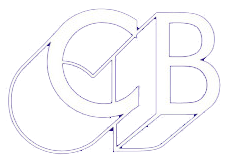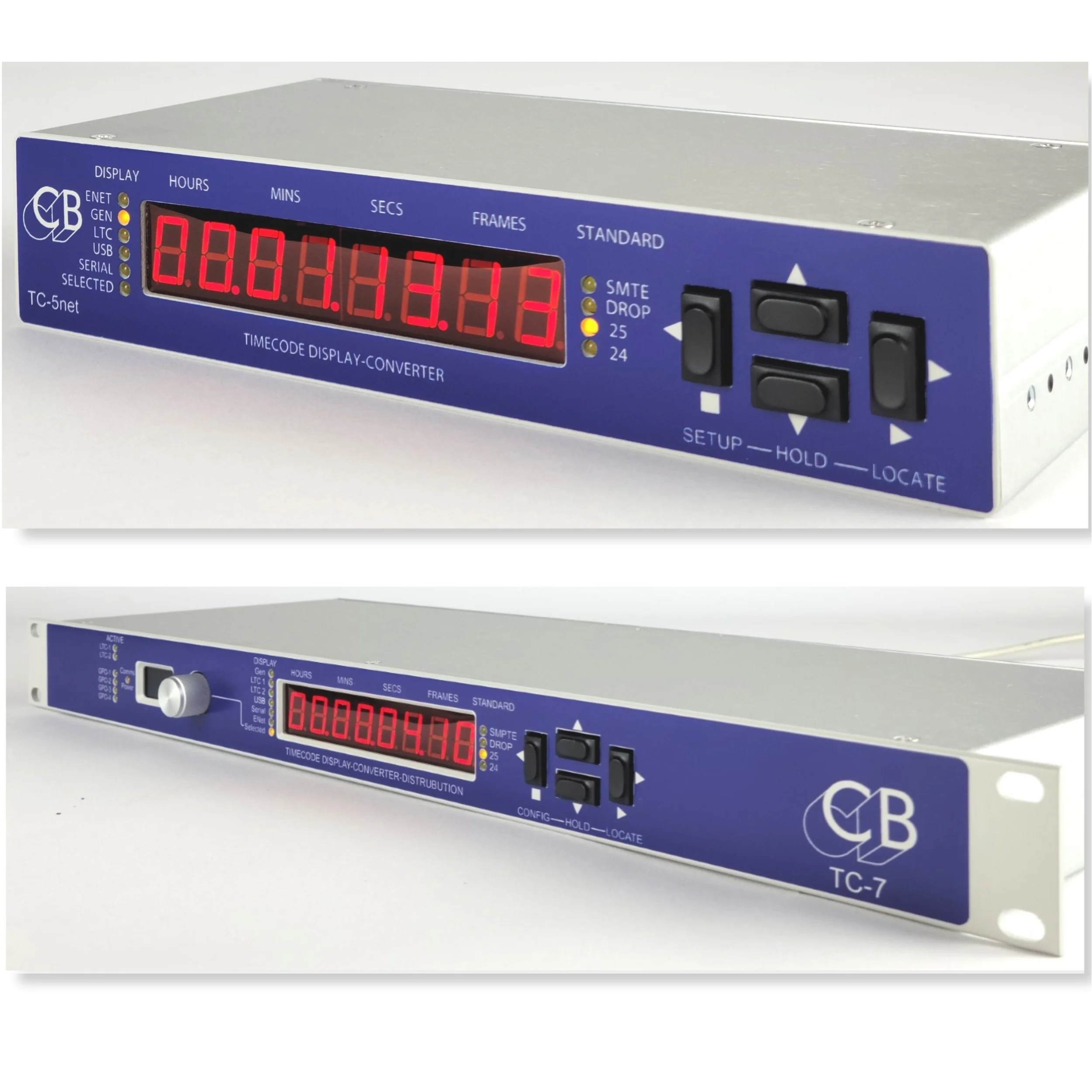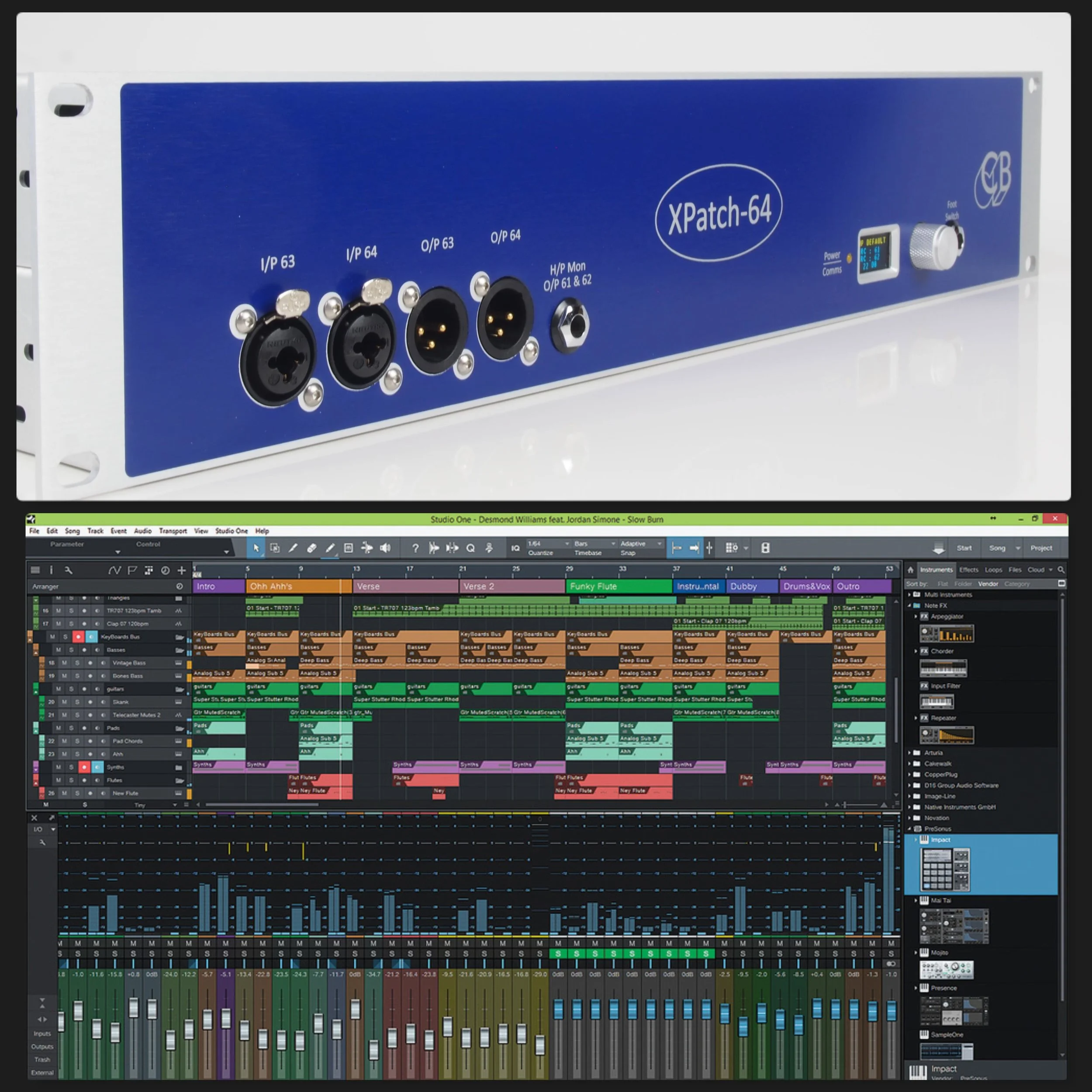Customer Review of the XPatch-32 and Mic Boost Card
Louis Yves purchased a XPatch-32 with optional HiZ,card from the online shop, as the Mic Boost card had just been finished and we included one with the unit asking him to let us know what he thought of it.
Hi Colin and Daniel,
Thank you again for the fast Xpatch delivery to Canada, I received it before the necessary db25 cables & pads!
I finally had time to install it between a Focusrite Red 8pre and a new Neve Orbit summing mixer (which explains the delay), but as promised, here are my humble thoughts on the mic boost card you generously provided. I've attached 8 WAV examples because sounds might be more qualitative than my meager descriptions!
The XPatch is beautifully intuitive, very transparent and defeats the cable clutter most home studios suffer from! I couldn't be more happy with it — even the software (criticized in official reviews) addressed all the issues I might have had, and the simple layout is all I need from a utility point of view. Very well done indeed!
The points below are just different sonic perspectives I have tested for my own pleasure, in order to compare quickly different music material processed through the regular Hi-Z card or the mic boost card. Nothing is very scientific as the recordings do not follow 100% the same path at the same level: for example, the Neve Silk Texture may have coloured the sound differently depending how hard the output was hitting it (levels are matched in post, unless mentioned).
Of course, I wouldn't expect the output level of the mic boost to match a mic amplifier, but in most cases the practicality to plug in anything anytime gives me enough flexibility (e.g. more power for weak signals) which outweighs the minor sound differences (see particularly examples 2 and 3). In my amateur eyes, the Mic Boost card is worth its regular price and I will keep it in place on inputs 17-24!
1- VOICE (preferring Hi-Z card with mic amp)
Comparison between Mic Boost card without any level adjustment, a Radial PowerTube mic amp through the Hi-Z card, and the same Mic Boost sample with level matched.
Not fair, since I recorded my voice on 2 separate occasions, so there might be many differences from the source!
Less likely I will use the mic boost card with a Neumann KM84 like this, since any mic amp would yield more control over the sound... Nonetheless, the noise floor at my desk is higher than the SN ratio, so it's very handy to have such plug-and-play microphone option (phantom power needed).
2- SPEAKER-recorded with microphone (preferring Hi-Z card with mic amp)
This time, even with a cheap 635A Electro-Voice microphone, I can detect the first example through the mic amp has a little bit more high-frequency content when levels are matched. Possibly the difference would not be noticeable so much on dark-sounding material.
3- XLR-pluck sound (preferring Hi-Z card with mic amp)
The difference is getting much more subtle when comparing the XLR output of an old Korg Wavestation synth directly into the Hi-Z card with the Mic Boost card — either using a cheap Whirlwind inline -10db pad, or using a fancy WarmAudio direct box with up to -30 pad. Just a tiny bit of shimmer is lost through the Mic Boost card, hardly noticeable!
N.B. on the other hand, it helps to have a higher output to play with, so better control of the sound with the Mic Boost card
4- XLR-wavetable sound (no preferences)Same 3 types of comparisons for a biting synth
tone on the old Korg, and this time the high frequencies are fine. I might be biased to think that the first direct recording through the Hi-Z card has more body, but this could be colouring from the summing mixer or padding used. Practically-speaking, the results are very equal.
5- SAMPLER-orchestra sound (no preferences)From an old sampler like this Kurzweil, I cannot hear meaningful differences whether the signal goes through the Hi-Z card or the Mic Boost card with the WarmAudio pad.
6- SAMPLER-voices (no preferences)Also from the Kurzweil with sampled voices, I cannot detect obvious differences between the Hi-Z card and the Mic Boost card, throughout the whole frequency range.
7- SYNTH-distortion (no preferences)Another M3 Korg synth does not exhibit any major differences between going through the Hi-Z card or the Mic Boost with the WarmAudio pad. Again, maybe the Hi-Z card offers a more round bass, but it could be elsewhere in the chain...
8- SYNTH-beat (no preferences)We round up with a beat emphasizing the low frequencies (and some shimmer), but the Hi-Z card and the Mic Boost (with WarmAudio pad) are very close when levels are matched. There could be a hint of higher fidelity with the Hi-Z card (?), but anyway this could easily be compensated in the tracking.
Keep up the great work (and updates!), wishing you great success with this ground breaking product, thank you again.
Best regards, Louis











